So finally I would like to present My Photography Collection.
I would be honored if you clicked on the above link and take a peek at my site and tell me what you think.
1) Anna's Hummingbird.

I scoured all of the photos that I have taken since getting into photography 4 years ago and have selected only the best for you guys to see. The easiest way to go through the photos is to keep on clicking the photo you want to see until it is displayed full size. Then you can click on the right button to advance the slide show through that particular gallery. You may see some familiar faces and interesting subjects that I have photographed over the years. I will still keep up with this photography blog though. They each have a different purpose. The zenfolio site is more of an archive/portfolio of my best work whereas this blog will display my latest shots and musings on photography.
2) Immature Forster's Tern.
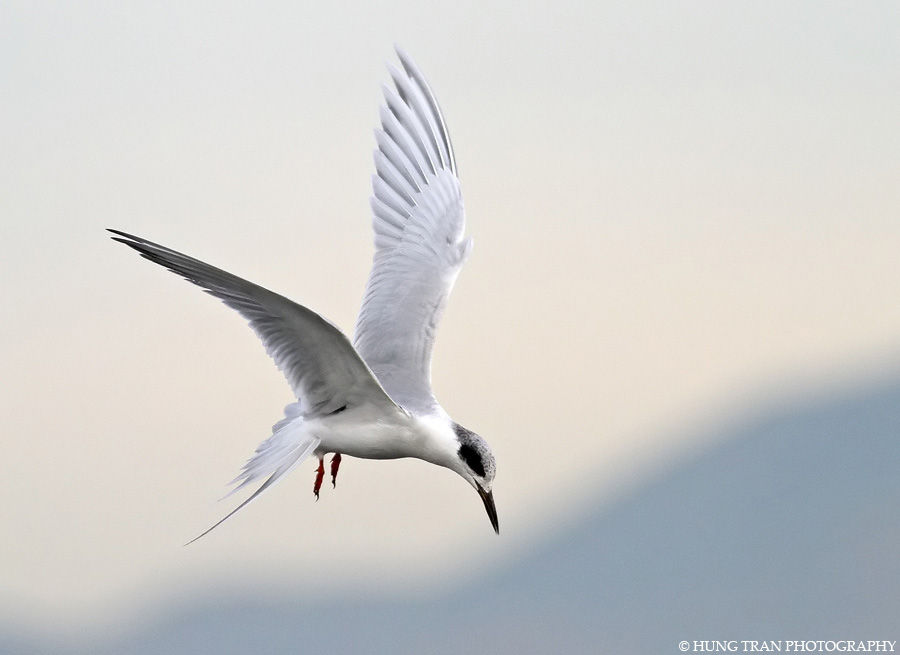
In other news, I have finally upgrade my camera body. I have finally replaced my aging Canon 20D. I had originally bought it refurbished off ebay for $600. What a bargain! It has served my photographic needs without fail for the past 3 years. I had resisted the urge to upgrade to the 30D, then 40D, and then 50D. With each generation of camera body came more advancements in technology. I pushed and pushed my old 20D to it's limit trying to squeeze every bit of image quality and performance out of it. Finally canon released the 7D late last year. At that point, I felt that it was the right time for me to finally upgrade.
3) Little Bunny Rabbit.
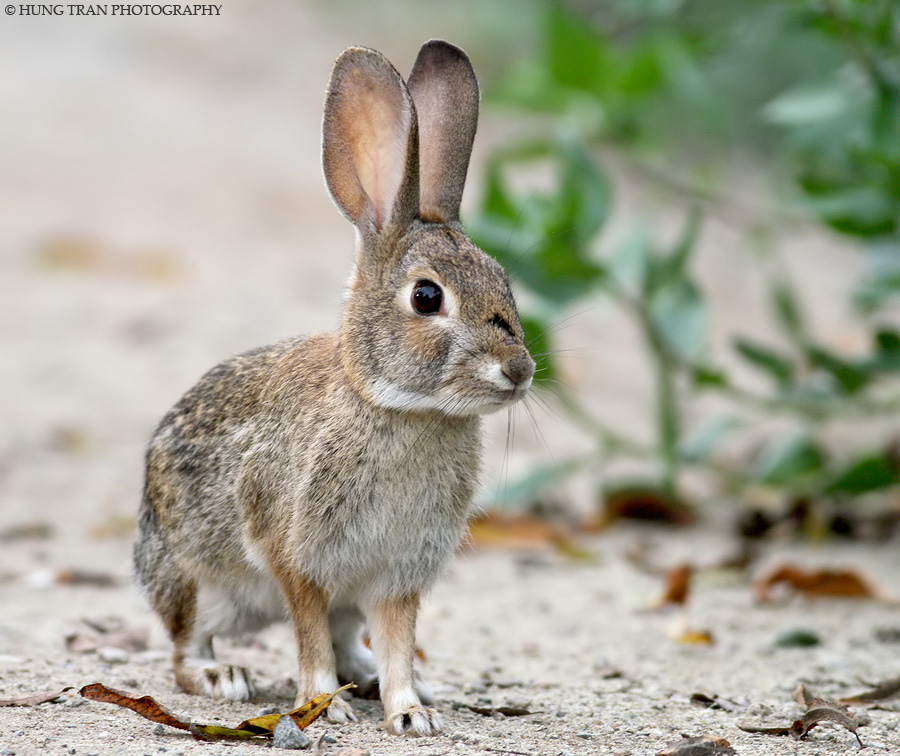
You see, if there was one particular area of photography that I consider my "specialty" it would be nature/wildlife photography. I enjoy photographing animals in the wild. Unfortunately the majority of animal life here in socal would have to be birds. It's not like we have elephants and zebras roaming around at the local park for me to photograph. Photographing birds in their most natural state (flying), is truly an art form and demands the most out of the autofocus performance of the camera. With the 20D, I was able to bring home some shots of the birds flying but there were also plenty of misses. The biggest difference between the 20D and the 7D is that the 7D has 2 separate microchips dedicated to just one thing, autofocus. Also when you hold down the shutter release, the camera shoots at a blazing 8 frames per second. The end result is that the 7D focuses and locks onto difficult moving (and in my case, flying) targets with amazing speed and accuracy. With the added 8 frames per second, it's like shooting with a machine gun. Oh how much fun I have with this new camera body. The final end result is that I come home with so many more keeper shots now.
4) Great Blue Heron.

Another big difference is the buffer capacity of the 7D. When it comes to action shots, I often hold down the shutter release to fire off a burst of shots to capture the action. My old 20D had a very small buffer and could only take about 23 shots in jpg until it ran out of memory space in the camera. The camera would then freeze up and stop shooting while it slowly tried to download the files onto the memory card to free up space. 23 shots might sound like a lot of shots but when you are trying to capture an action sequence like a diving osprey, you will run out of buffer very quickly and there have been times when I missed out on an important photo opportunity because my buffer filled up and locked up my camera. Now with my 7D, it has a buffer capacity to temporarily hold 126 jpg files before it runs out of space. That's huge.
5) Great Egret.
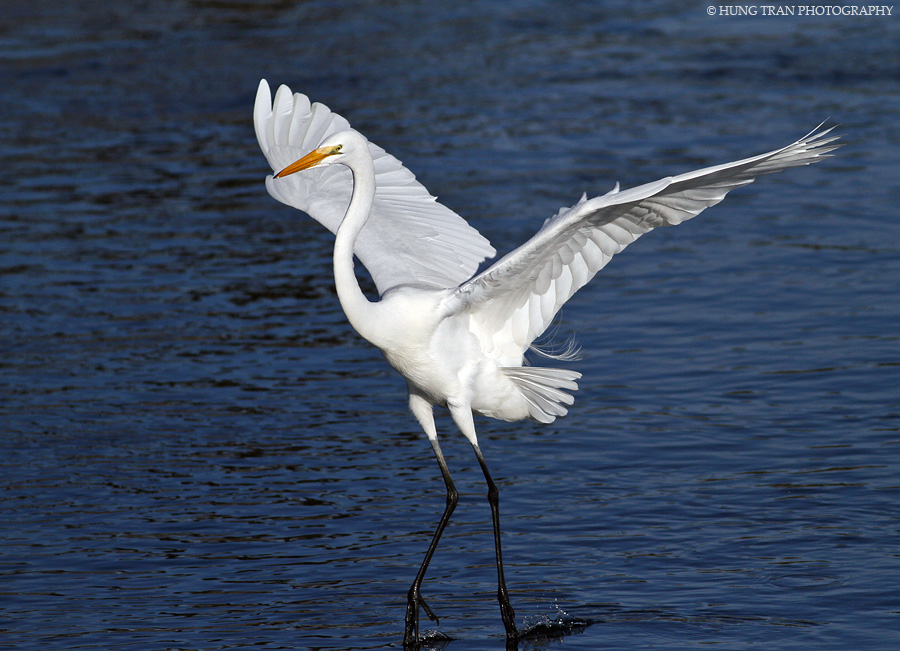
Another important feature that everyone always pixel peeps about is the ISO capability of the camera. Simply put, in order to get a properly exposed shot, there is a relationship between your aperture size (the size of the hole in the lens that lets light into the camera), your shutter speed (the time your camera lets the light in before it closes the shutter) and the ISO. These 3 parameters are all needed to get a properly exposed shot. The less light that you have, then the longer the shutter speed you need to capture the image or else you get a blurry shot. Not enough light will give you a dark underexposed shot and also a slow shutter speed. Slow shutter speeds will result in blurry shots due to either the movement of your hand holding the camera or the subject moving. So this is where ISO comes into play. ISO is a technological feature of your camera's computer system. It helps you to compensate when you do not have enough light to properly expose a shot. If you are shooting in low light, then you can increase the camera's ISO setting to increase the shutter speed artificially so that you can get a sharp and well exposed shot. However, there is a drawback of course. The higher the ISO setting you use, the more "digital noise" you will get in your image. You will see it as grainy spots of digitalized color in your shots that actually degrade how clean the shot looks. Simply put, more advanced and expensive cameras give you the advantage of being able to use higher levels of ISO and get less noisy shots. From my brief experience so far with the 7D, it does appear that the ISO capabilities are better than my 20D. The noise that I do get with the 7D also seems to be more easily cleaned up with Noise removal software like Neat Image.
6) American Widgeon.
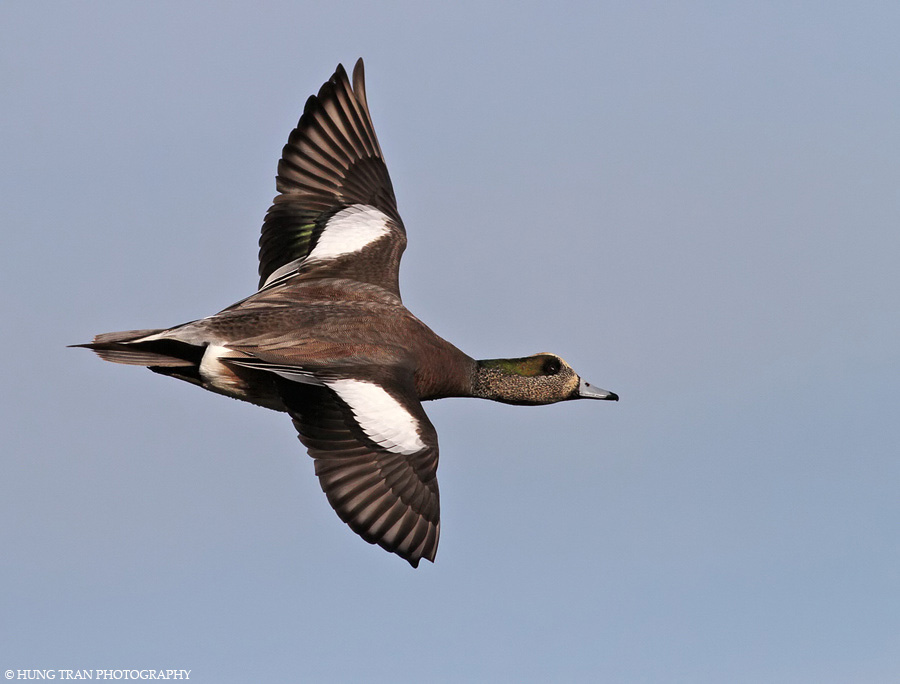
Another big difference between the 20D and my new 7D is the megapixels. My 20D had 8 megapixels whereas my 7D has 18 megapixels. With the larger images, I was able to crop my photos more and still get very usable images. When it comes to photographing animals in the wild, they usually do not let you get up close to them to take their picture. Most of the time unless you are at the local park feeding ducks with stale bread, most wild animals will fly off or scurry away if you try to get close to them to take a shot. Thus I will often come home with shots where the subject in my image is quite small looking. With the larger megapixel count, I can still crop that image and blow it up and still get a very usable shot. Definitely a helpful upgrade for my type of photography.
7) Reddish Egret fishing in the shallows.

Another great upgrade for me was the size of the view screen on the back of the camera. My 20D had a 1.8 inch view screen. It was tiny and I hated it! Often when reviewing my shots in the field, I could not determine if the shot was sharp or slightly off because the screen was so small. It was like reviewing images on a camera phone. However, with the 7D it has a beautiful 3 inch hi resolution screen that is brightly lit. I can clearly see so much more details on my pics when I need to screen them out in the field. This gives me more accurate feedback in regards to the quality of the shot. Is the focus slightly off? Is the exposure off? This is important because the better I can determine these factors in the field, will let me know if I need to reshoot. With my 20D's tiny view screen, I would sometimes come home thinking I had some great shots only to review the images on my computer and find that they were out of focus and not useable. However, with my 7D's beautiful view screen, I love reviewing my pictures out in the field.
8) Peregrine Falcon taking off.

Another fun feature of the 7D is that it comes with HD video capability. I can shoot short movie clips now. I played around with it over the holidays shooting my kids and am excited to learn more about this medium. It is my goal to be able to shoot video, edit it and then post them on the internet to show you guys. It will probably be of my kids and family. But I would also like to make some videos of nature, wildlife and sports (when my kids get old enough). Right now I am in the process of finding a video editing software to edit my movie clips. Anyone have suggestions?
9) A pair of Northern Shovelers.
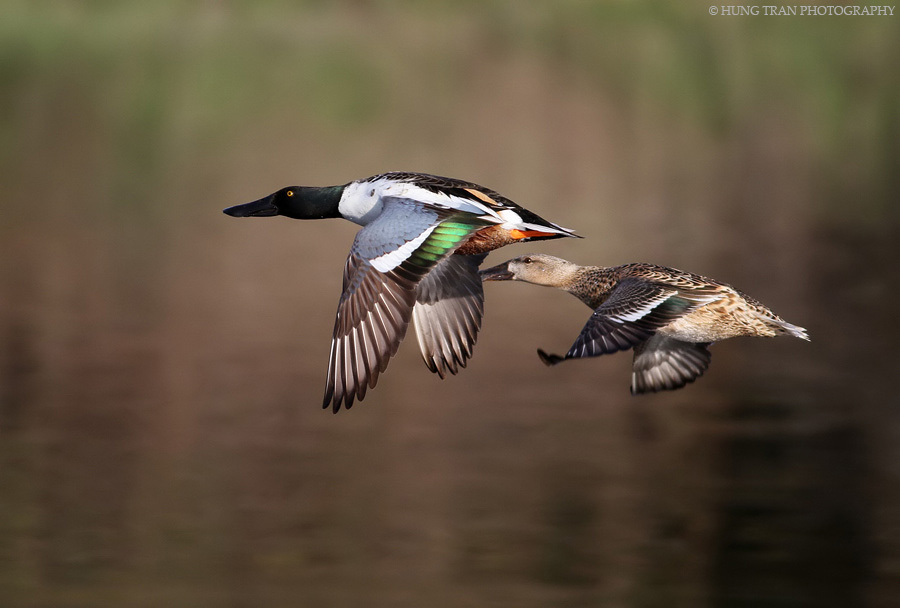
Those are the biggest features that I have noticed so far from using the 7D in the field. They are very nice upgrades that directly improve my capabilities as a photographer. In this entry I have posted some recent shots that I have taken with the new 7D. I hope you enjoyed them. More to come!
10) Northern Shoveler Drake.
